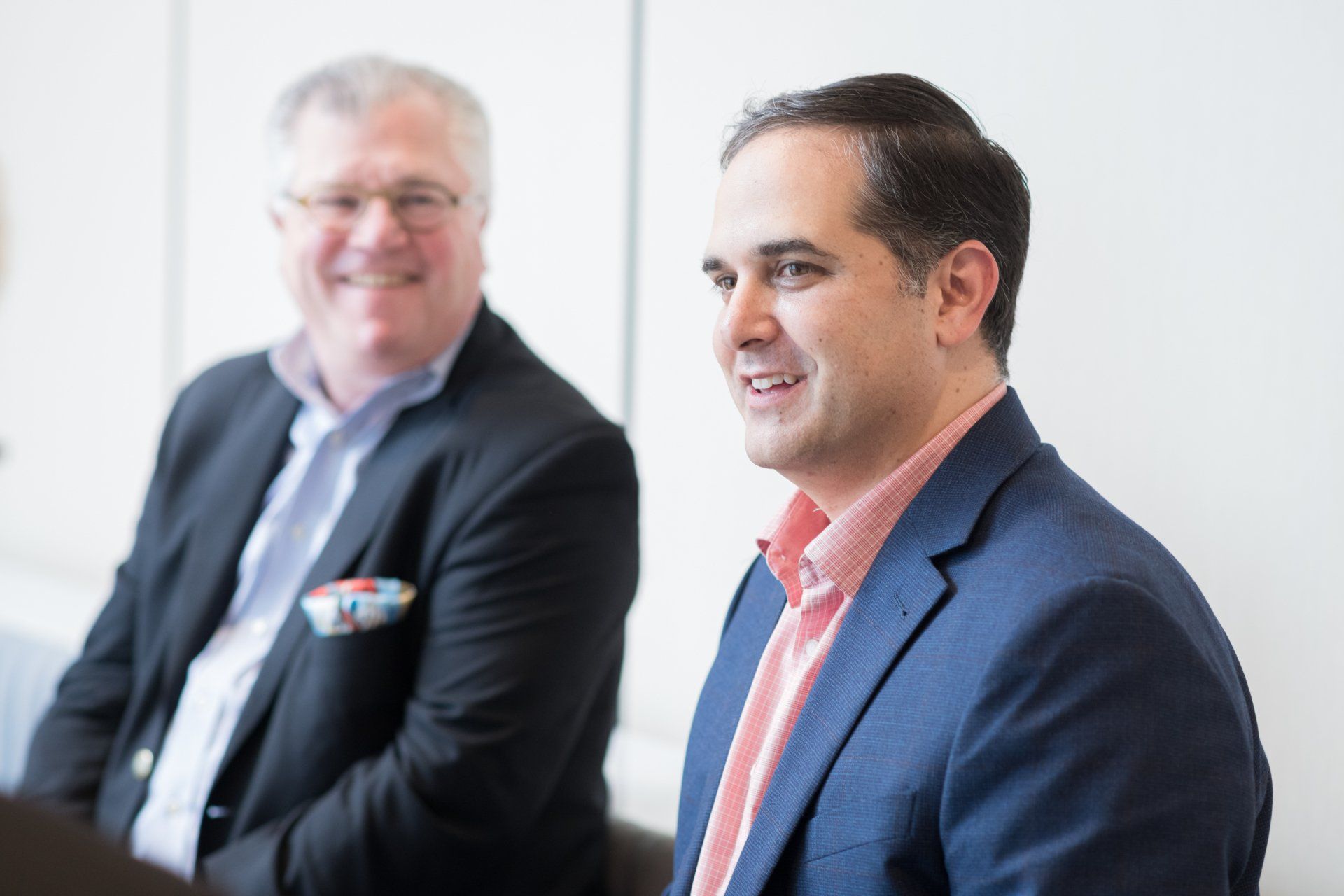What happens when your leader IS your brand?
by Dan Gershenson
Most of us have bosses. Some of us have great CEOs. And a very precious few of us have what can only be referred to as a legend – the kind of iconic visionary who is responsible for making the brand what it is today in the eyes of many.
Of course, nobody is immortal. Time ensures we all move on, whether it is due to a new job, retirement or (not to be morbid), expiring. The challenge Apple faces today in the wake of Steve Jobs’ resignation as CEO (but he is staying on as Chairman) is no different than what Chrysler had to face in the post-Iacocca era, Ogilvy had to face without David Ogilvy, Disney without Walt or what Virgin will face when Richard Branson steps away someday. These are imaginative, charismatic, exciting people who not only shaped the foundation of their companies but have had influence far beyond it for managers in all kinds of industries. They are not just people associated with the brand. They ARE the brand.
What do you tell the world when they aren’t around on a daily basis anymore? Do you regret having linked to one person so strongly? Do you pretend it’s business as usual and no big deal?
It’s not a catastrophe as long as you remember a few key fundamentals before, during and after that transition for the good of your brand.
1. You don’t replace genius.
The world knows that. You’re not fooling anyone when you pretend that the person no longer involved in your company is no big deal. “Oh, yeah, he left but we’re humming along.” Give me a break. It’s about saying, “You don’t replace someone like him. He was remarkable. Fortunately, we’re a better positioned company today because of everything he’s done.”
You don’t have to say you’re devastated and don’t know how you’re going to go on either. Which leads us to #2.
2. Show what the legacy has brought to your business and culture.
The Chicago Bulls couldn’t replace Michael Jordan. Hockey itself couldn’t replace Wayne Gretzky. But as a testament to their influence, they had disciples and students of their genius and skill. Steve Jobs has had the same and I’m sure Apple will take great steps to show how Jobs’ principles are alive and well even as he pulls back from responsibilities at the company. For example, Jobs was a master of stripping away technical elements that the consumer didn’t necessarily need – I doubt that Apple will suddenly become a company of unwieldy designed products now. They’ll keep this legacy strong if they can continue to show how they produce not just great products but magical feelings that make people salivate over what’s next. Great leaders have great influence and great respect long after they’re gone – how often do we hear architects and city planners in Chicago invoke the name of early 1900’s architect Daniel Burnham in an effort to stay true to his vision of the city today?
But again you ask, “isn’t Steve Jobs the primary person who triggers the emotion behind Apple with every introduction?” Yes. But that leads us to point #3.
3. Terrific leaders don’t leave the skill set cupboard bare when they leave.
If you believe Steve Jobs is a great leader – which I do – you know that he has been preparing his internal team for a moment when he was going to step away for some time now. And if you have ever studied the succession plans of companies that tend to do well in transition, fortune tends to favor those who select leaders from within who have understood the culture for quite some time – not a hard and fast rule, but a trend. In that context, can you imagine anyone better prepared to take on this responsibility than Tim Cook, a man who has been at Apple for over a decade and has already had to step in for Jobs once before? What about the talented people who have an eye not just for technological greatness but artistic beauty in what they create for Apple? Steve Jobs is a great thinker but to say he was the one and only visionary behind the iPad, iPhone or iCloud is doing his team a disservice.
4. Perception is reality. Think about experiences and emotions, not just dollars and cents.
You can talk about dollars, cents and profitability until the cows come home. But there’s an immeasurable quality of captivating customers like the past leader did that should be your goal just as much as earning revenue. People who take their eye off that function of branding and try to say that the company is in an even better place are fooling themselves. And I’m not just speaking externally – what’s the chemistry of your culture post-iconic leader? Is it just as fun of a place to be? If you used to be a magical place to work and have become just a profitable place to work, something is lost. Sure, technology must evolve and ways of doing business must evolve. But the spirit and vision that is the company’s reason for being must be just as inspiring to its people from one leader to the next. If you don’t have that, the promise of what your brand is all about rings a bit more hollow. I don’t think Mr. Cook will make the mistake at the next big Apple event of presenting just about profit and loss instead of trying to excite people for what’s next. I sure hope not.
5. With consistency and focus, you ensure the iconic leader leaves his mark on the brand forever.
None of us may live forever, but the more our successors can use our principles as a guiding force for why they do what they do, the more they honor us. More importantly, they keep the brand strong. If those principles fade because some new CEO from the outside wants to put his own stamp on things and forget all the good things done in the past, well, chances are the company probably loses its shine as well.
Most of us may never know what it’s like to work for a person so iconic that they become synonymous with the brand. But their leaving isn’t the tragedy – forgetting how they made the company great in the first place is.
Can you think of instances of where greatness transpired from one leader to the next? What about stumbles that could have been avoided? Of course, if you have a bold prediction for Apple’s future in the wake of Steve Jobs stepping back, I’d love to hear that too.
The post What happens when your leader IS your brand? appeared first on Caliber Brand Strategy + Content Marketing.
The Fractional CMO







